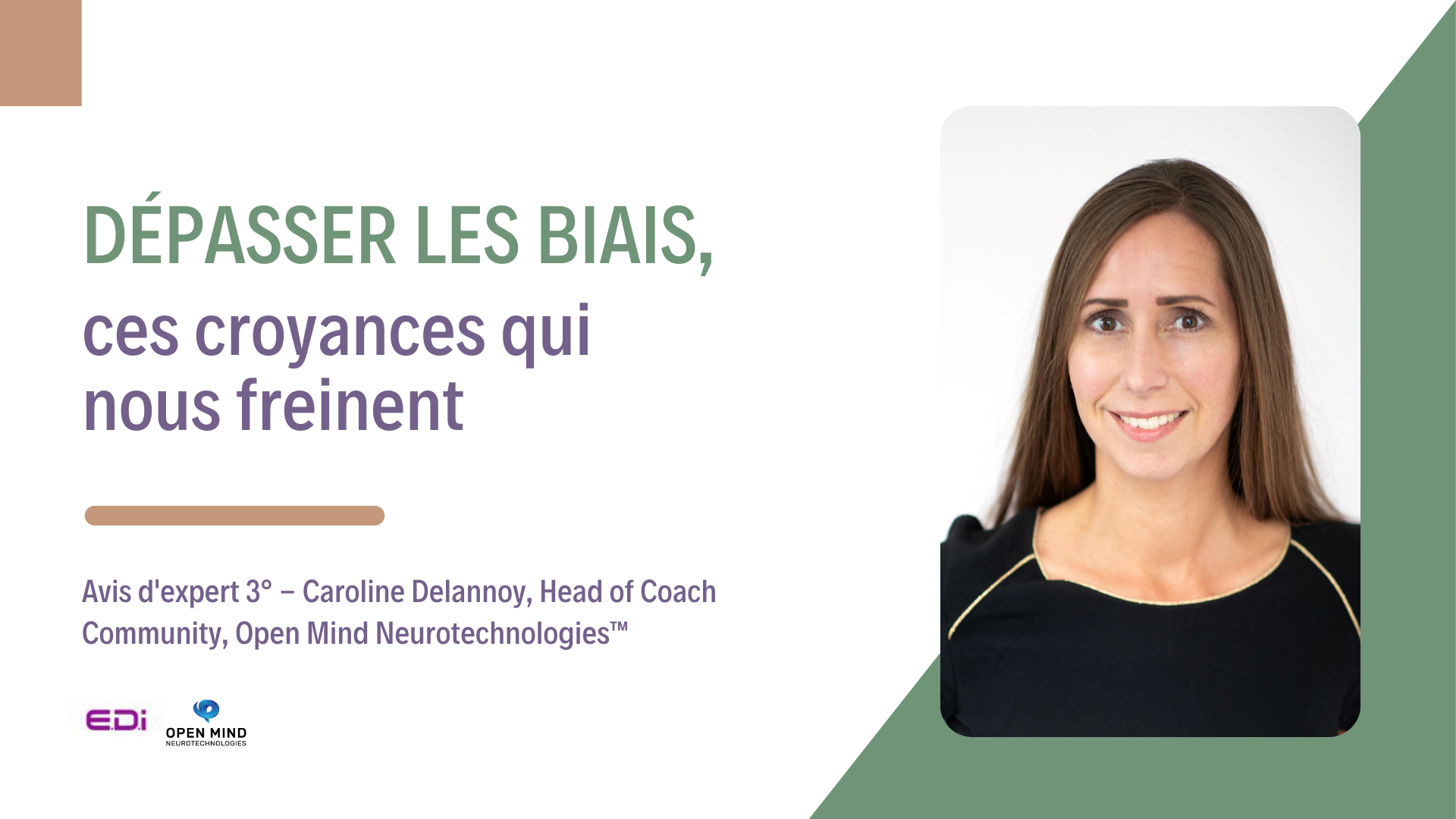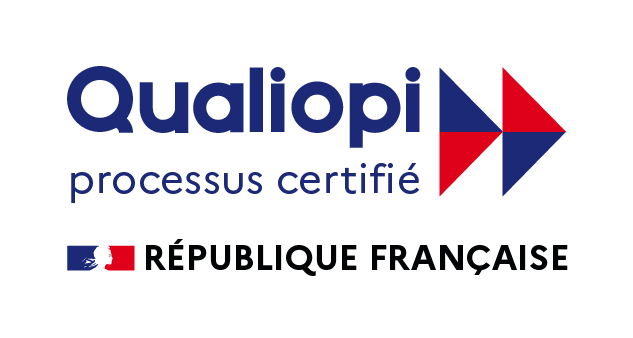Published in EDI, Issue N°115 – March 2022
“Loss aversion” in a game of chance or “confirmation bias” which attracts us to our alter egos : these are our cognitive biases. But do we know that they alter our capacity for transformation and inhibit the expression of our potential?
By Caroline DELANNOY, Head of Coach Community at Open Mind Neurotechnologies.
Limited transformation potential
Even in the world of economics, we don’t always act according to the compass of reason. Daniel Kahneman, psychologist and economist, winner of the Nobel Prize in 2002, has demonstrated that our nervous system is articulated around two distinct pathways, which coexist¹ . System one is intuitive, instinctive and automatic (and therefore fast, but with cognitive biases), and system two is deliberate, reflective and conscious decision-making. For reasons of energy conservation, the brain largely favors system one. So the greater the stress and intensity, as in the case of a transformation, the greater the individual and cultural biases.
The problem is that you can’t see it. Or not directly. In an organization, for example, too few women rise to positions of responsibility, even when proactive measures are taken. Few make a clear link with the limiting beliefs they harbor about themselves, which cause them not to apply for positions or to change their lives before the choice is even made.
In the same way, we notice that an organization is slow to adopt a tool or an agile organization². But here again, “culture” is invoked, and few observers make the connection with, for example, too much, poorly prioritized change, which inhibits employees’ ability to adapt.
Measuring cognitive biases for action
To measure bias, we need to go beyond perceptions, using more objective measures: behaviors, physiology. This is what we’ve done with the Open Mind Neurotechnologies³ virtual reality learning experience. So, what do we observe? On our first example, the access of female leaders to positions of responsibility: compared to their male colleagues, women underestimate their effectiveness at work by… 11 points! And we can’t justify this discrepancy on the basis of situational measurements.
With regard to our employees who find it difficult to embrace change, the analysis shows that those subjected to high levels of stress, as since the COVID crisis, have seen their flexibility drop by 7 points, and their creativity by 9 points.
“
Due to a lack of neuroscientific culture, we neglect the human mechanisms that slow down transformations, and above all the effective ways of addressing them rapidly.
“
The case of female leaders, or that of “cultural” obstacles to change (which in the end has little to do with culture…) are just two of the most common examples of seemingly inextricable deadlock situations that invite fatalism: “you have to give it time”, they say.
Admittedly, time is a good thing. But when bringing a strategic shift to fruition is critical – and in the face of increasing competition, this is almost always the case – the question arises as to what can be done to remove these deeply human brakes more quickly.
Acceleration through Tech
We need to overcome the now outdated belief that we have no tangible leverage when it comes to the human factor. After all, neuroscience has made considerable progress over the past 20 years, to the point of helping key employees through innovative programs mobilizing technology and data.
Like a mirror of their own functioning, these immersive gaming experiences enable them to become aware of what holds them back in situations, whether it’s their misperceptions about themselves, or the difficulty they have in absorbing change and uncertainty and recovering in a more intense environment. And here again, play and collective modules with their peers help to change things.
A training program in stress management and regulation in the face of uncertainty, using biofeedback methods, has a measurable impact on stress, anxiety and adaptability.
¹ Read “Thinking Fast & Slow” (2011), his popular work on the subject.
² See in particular the State of Agile 2021barometer, in which “culture” emerges as the number 1 reported barrier to the deployment of agile organizations.
³ See in particular the Open Mind Neurotechnologies™ impact study

